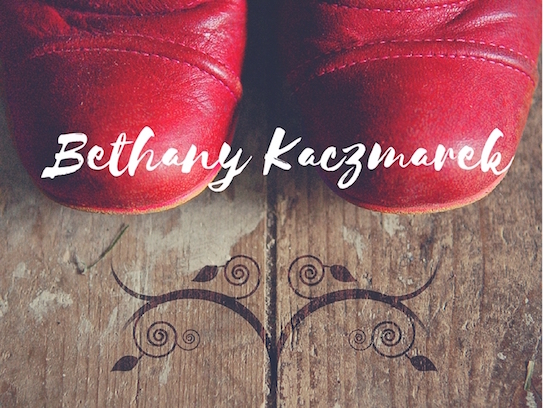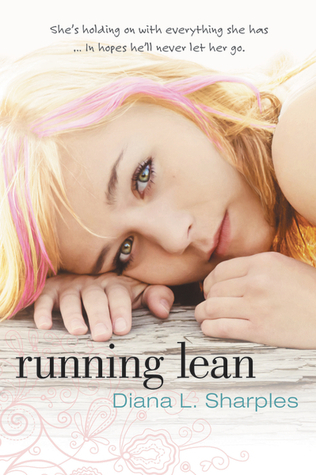Running Lean hits the issue nail on the head. The lives of these two high schoolers, Calvin and Stacey, are raw, vivid, and realistic. Stacey deals with past abuse, bullying, and a recent move by clinging to Calvin, expressing herself through her art, and doing anything she can to avoid being the Girl She Was Before. Calvin adores her, and she’s been the only one with whom he could truly grieve the loss of his brother in Afghanistan. But Stacey’s life and home aren’t as perfect as they appear, and when Calvin begins to wonder if she’s anorexic, sign after sign kicks him in the gut.
First of all, the character voices! Every time we switched POV, I could feel it. Stacey’s poetry, her artistic streak, and her calorie-counting color every thought. At first, it was tough to be in the head of someone who suffers from anorexia, because there was so much about her body, her image, her caloric intake—and so much of it lies. But then I realized that’s what it’s like. Diana Sharples gave me the opportunity to live inside the mind of someone who genuinely believes it—who thinks that way about everything—and it helped me to understand. I’m sure I still have a ton to learn, but I feel like I get it a little bit more now. And my heart is stirred with compassion. Calvin is grief-stricken, but grounded. He’s a product of a tight-knit family of deep faith—and that provides a sharp contrast to Stacey’s homelife with its Father Knows Best façade.
Rife with realistic conflict, jealousy, misunderstandings, and a cast of characters any public school teen could relate to, the book held my attention firmly. I saw the slippery slope of poor decisions and the dangerous circumstances to which desperation can lead. The tension escalates until Stacey and Calvin’s world is spinning out of control, and in the final scenes, there’s a shift. I felt just enough resolution. It’s not a story that ends with rainbows and unicorns, so if that’s what you’re after, look elsewhere. But if you’ve read this far, I’m pretty sure you’re not. I was left with questions—not the irritating type but the ponderous variety. Stacey and Calvin were left with possibility.
This story of first love is full of need and growth—it’s a picture of two young people created for relationship—and striving to find fulfillment in one another. It shows clearly that people fail, no matter how much you love them, and that as much as we want to fix our hurting loved ones, it’s not up to us. True wholeness can’t come from just another person. Diana Sharples handles these truths deftly, with plenty of wit and banter along the way.

